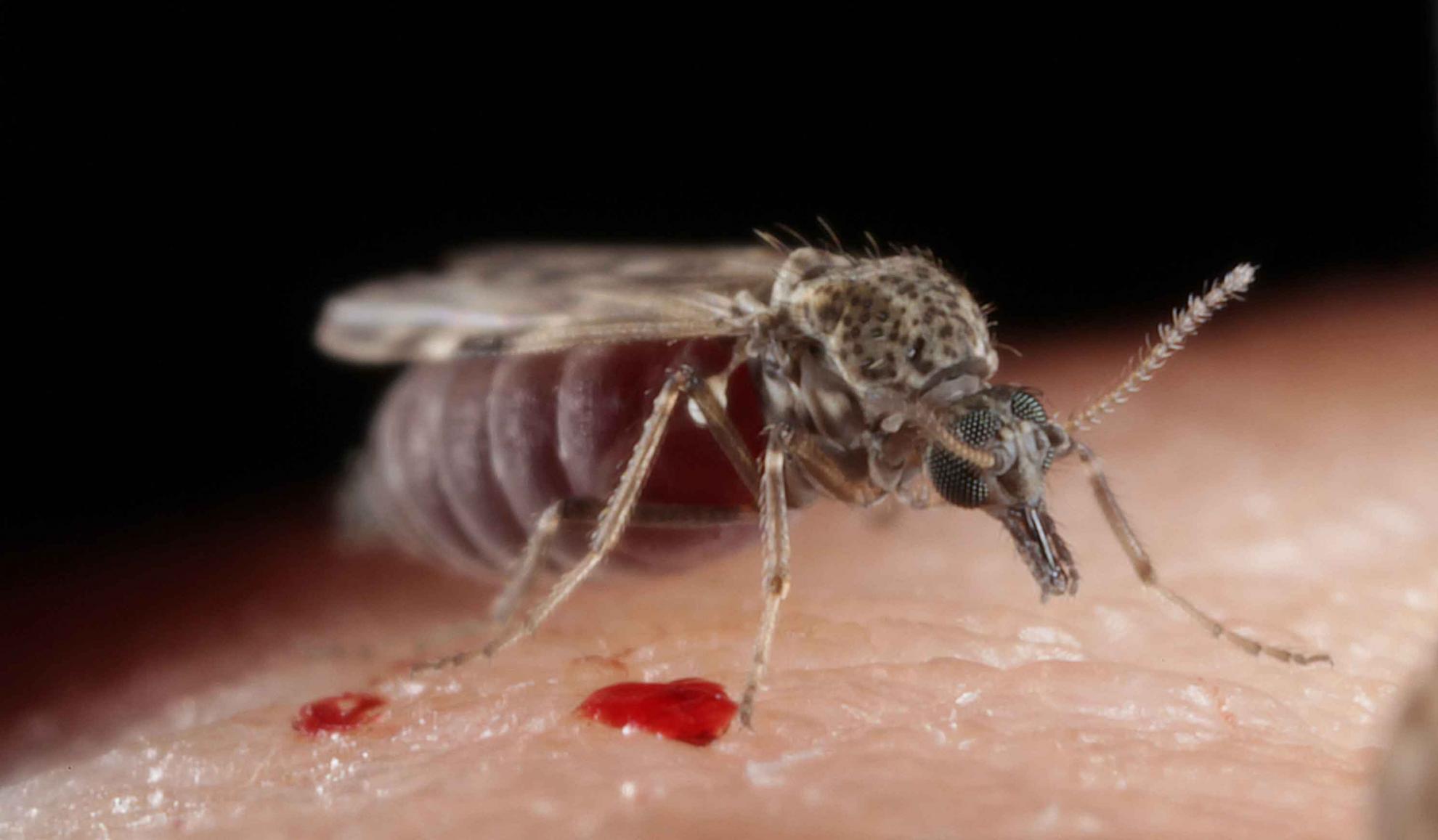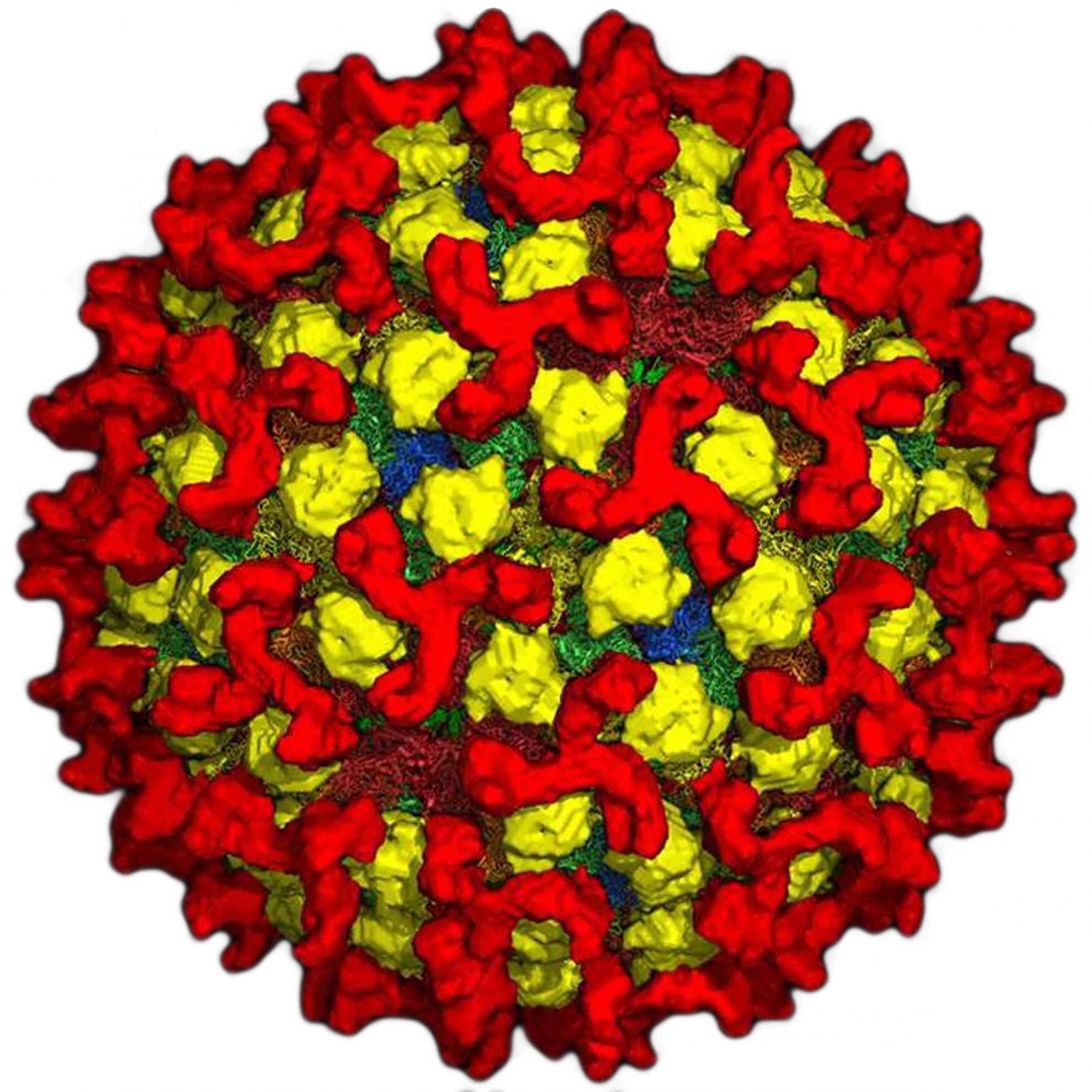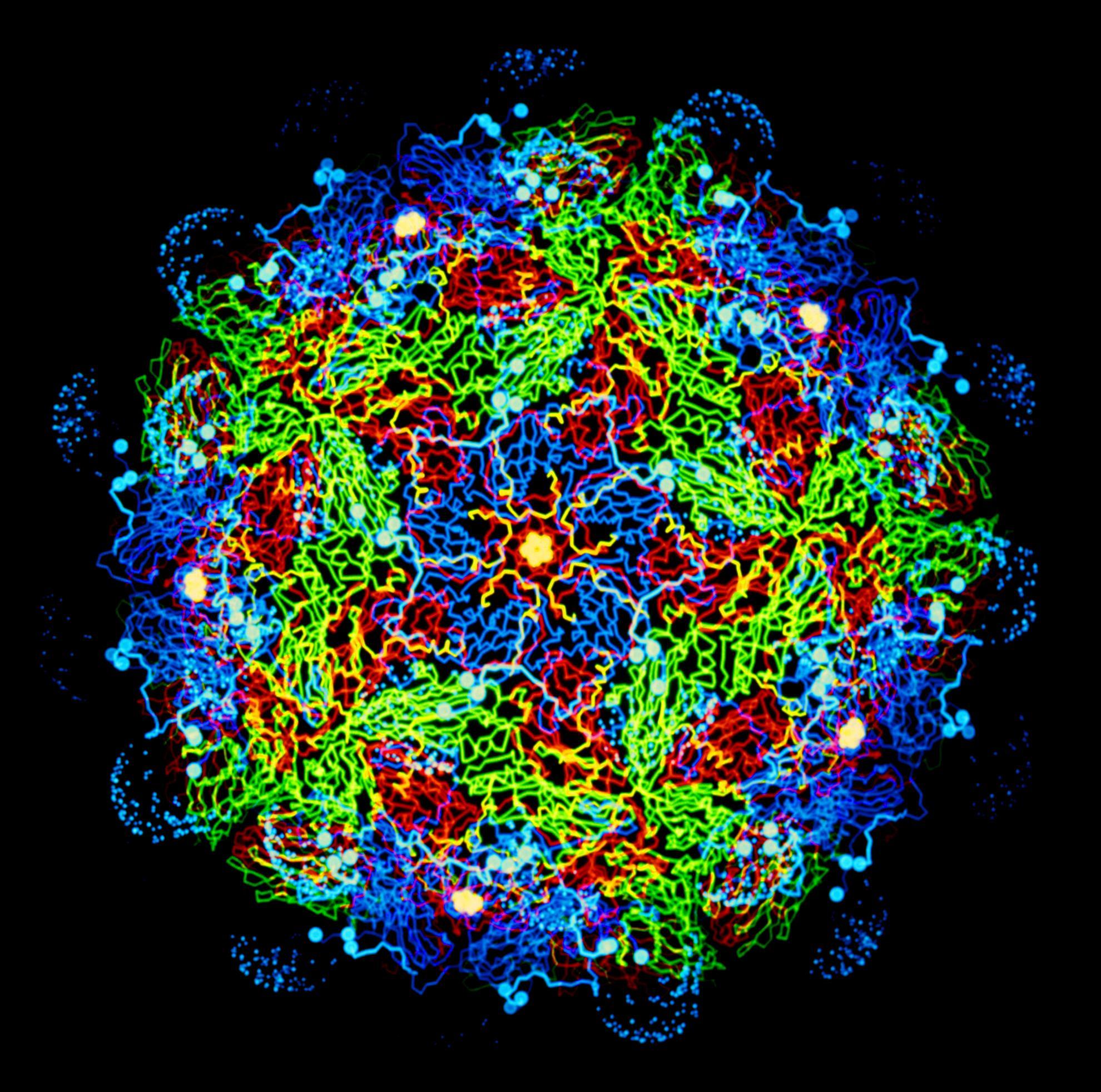Field-reassortment of bluetongue virus illustrates plasticity of virus associated phenotypic traits in the arthropod vector and mammalian host in vivo
Segmented RNA viruses are a taxonomically diverse group that can infect plant, wildlife, livestock and human hosts. A shared feature of these viruses is the ability to exchange genome segments during coinfection of a host by a process termed "reassortment." Reassortment enables rapid evolutionary change, but where transmission involves a biological arthropod vector, this change is constrained by the selection pressures imposed by the requirement for replication in two evolutionarily distant hosts. In this study, we use an in vivo, host-arbovirus-vector model to investigate the impact of reassortment on two phenotypic traits, virus infection rate in the vector and virulence in the host. Bluetongue virus (BTV) (Reoviridae) is the causative agent of bluetongue (BT), an economically important disease of domestic and wild ruminants and deer. The genome of BTV comprises 10 linear segments of dsRNA, and the virus is transmitted between ruminants by Culicoides biting midges (Diptera: Ceratopogonidae). Five strains of BTV representing three serotypes (BTV-1, BTV-4, and BTV-8) were isolated from naturally infected ruminants in Europe and ancestral/reassortant lineage status assigned through full genome sequencing. Each strain was then assessed in parallel for the ability to replicate in vector Culicoides and to cause BT in sheep. Our results demonstrate that two reassortment strains, which themselves became established in the field, had obtained high replication ability in C. sonorensis from one of the ancestral virus strains, which allowed inferences of the genome segments conferring this phenotypic trait.
IMPORTANCE Reassortment between virus strains can lead to major shifts in the transmission parameters and virulence of segmented RNA viruses, with consequences for spread, persistence, and impact. The ability of these pathogens to adapt rapidly to their environment through this mechanism presents a major challenge in defining the conditions under which emergence can occur. Utilizing a representative mammalian host-insect vector infection and transmission model, we provide direct evidence of this phenomenon in closely related ancestral and reassortant strains of BTV. Our results demonstrate that efficient infection of Culicoides observed for one of three ancestral BTV strains was also evident in two reassortant strains that had subsequently emerged in the same ecosystem.



